Are you looking for a healthy alternative to white flour? This healthy flour guide will help you find the right healthy flours to add to your pantry and how to best use them.
In my opinion, one of the best parts about cooking from scratch (besides nibbling while you work of course) is taking complete ownership over what you are creating, taking strides to up-level your recipes, making them even healthier and of course, more delicious!
I work with many private nutrition clients that have had to make dietary shifts (many times removing gluten) due to health conditions and fear they will have to mourn the loss of their favorite baked goods. Nope, not on my watch. I have spent years learning about the best flour substitutes that make the most delicious baked goods and I can't wait to share the list with you!
So whether you have been recently diagnosed with a condition that necessitates a move away from gluten, or you are just looking to add more healthy food into your life this healthy flour guide is your resource for making the most delicious healthy baked goods on the planet!
Flag this post so you can come back to it again and again as you build a pantry full of nutrient-dense healthier flour alternatives.
In this HEALTHY FLOUR GUIDE we will cover:
- Almond Flour
- Coconut Flour
- Oat Flour
- Quinoa Flour
- Brown Rice Flour
- Buckwheat Flour
- Sunflower Seed Based Flour
- Hazelnut Flour
- Arrowroot Starch
- Tapioca Flour
- Whole Wheat Flour
Let's get baking!
ALMOND FLOUR
ALMOND FLOUR INFO:
If you have been a reader of AK for a while you know this is one of my favorite flour subs. Almond flour is simply ground almonds, meaning that you get all of the nutritious benefits of almonds but it functions like flour – WINNING! Almond flour is a good source of fiber, good-for-you fat, and a host of nutrients and minerals such as magnesium, manganese, calcium, and potassium.
Almond flour is gluten-free, grain-free, and full of nutty flavor. I genuinely believe that many of my almond flour baked goods taste BETTER than the more traditional versions made with white flour.
Almond flour is quite versatile – great for making cookies, muffins, and pancakes. It works well as a sub for bread crumbs in meatballs and meatloaf and as a coating for chicken tenders, zucchini fries, or crunchy fish.
 ALMOND FLOUR PRO TIP:
ALMOND FLOUR PRO TIP:
Almond flour vs. Almond meal
Not all almond flour is created equal! As a matter of fact, a few years ago I stopped using almond flour altogether because I started disliking everything I made with it. Turns out I was developing a distaste for the brand and type of almond flour I was using.
I prefer finely ground almond flour, my favorite brands are Bobs Red Mill Super Fine Blanched Almond Flour (I currently exclusively use this brand), Honeyville, and Anthony's.
Almond meal is more coarsely ground, and will not produce the same texture or rise as blanched finely ground.
ALMOND FLOUR RECIPES:
- Almond Flour Chocolate Chip Cookies
- Almond Flour Chocolate Peanut Butter Lava Cake
- Almond Flour Orange Ginger Cookies
- Almond Flour Cake with Strawberries and Cream
- Almond Flour Blueberry Scones
- Almond Flour Chocolate Zucchini Muffins
SUBBING ALMOND FLOUR FOR WHITE OR WHEAT FLOUR:
I don't have a ratio for you, a total bummer I know. There are too many factors involved in developing almond flour recipes, and it differs widely depending on the type of baked good you are making. My BEST tip here is to follow an almond flour recipe. Once you've worked with almond flour for a while you can try some of your own adaptations.
As much as I love my almond flour baked goods I have had just as many (if not more) flops as I've had successes. Basically, stick to a recipe that has been developed for almond flour.
COCONUT FLOUR
COCONUT FLOUR INFO:
Coconut flour is a soft silky flour made entirely from dried coconut meat that has been ground. It is naturally sweet (being it is made entirely of sweet coconut meat) and very high in fiber, containing upwards of 45 grams of fiber per 100 grams of flour. Coconut flour is low in carbohydrates and a good source of healthy fat.
While packed with nutritional benefits, coconut flour works well as a binder to firm up dough. As a flour on its own, coconut flour is tricky and temperamental to work with, mainly because it is so fibrous. Due to it's high fiber content coconut flour requires more moisture and liquid when baking with it.
COCONUT FLOUR RECIPES:
SUBBING COCONUT FLOUR FOR WHEAT OR WHITE FLOUR:
You CANNOT substitute coconut flour 1:1 with other flours. As a general rule, you can substitute 1/4 to 1/3 cup of coconut flour for every 1 cup of wheat flour in baking, but you will also have to adjust the liquid ingredients. As with almond flour, I highly recommend following a recipe specifically developed for coconut flour.
I tend to use coconut flour in combination with other flours for improved texture in gluten-free baked goods.
OAT FLOUR
OAT FLOUR INFO:
Oat flour is made from milling grinding or pulverizing oats. Oat flour, therefore, contains nutritious fibrous germ and bran as well as endosperm, which supports heart health. Oat flour also helps increased satiety, meaning you feel full for longer after eating, without experiencing blood sugar spikes that give you that “hangry” feeling.
Oat flour has a mildly nutty flavor and is great for all sorts of recipes as it provides the perfect texture and holds ingredients together well.
MAKE YOUR OWN OAT FLOUR:
Bonus! It is super easy to make your own oat flour – just pour oats into a blender or food processor until they turn into a fine flour and voilà! You can use old-fashioned (rolled) oats, steel-cut oats, or quick-cooking oats. Although I've found that quick-cooking oats produce a gummier end product so I prefer using rolled oats to make my own oat flour.
Although oat flour is technically gluten-free, oats processed in a facility with wheat and other grains can be cross-contaminated. Be sure, therefore, to look for certified gluten-free oats if you are gluten-free.
OAT FLOUR RECIPES:
TIPS FOR WORKING WITH OAT FLOUR:
Oat flour can be a 1:1 substitute for wheat or white flour, but only if you are using a cooking scale and measuring your flour. Oat flour is much lighter than all-purpose flour, therefore a cup of oat flour will weigh less than a cup of white flour. If you weigh the flours you can substitute 1:1. When baking with oat flour do not overwork the dough, oat flour can become gummy if overworked (or if you made your own oat flour from quick-cooking oats.)
QUINOA FLOUR
QUINOA FLOUR INFO:
Quinoa has long been a staple food in the Andean region of South America, recognized and revered for its nutritional qualities. The Incas even referred to it as the “mother grain,” and for good reason – quinoa, and by way, quinoa flour, is an excellent source of protein, providing all of the essential amino acids, including lysine. It also contains dietary fiber as well as a variety of antioxidant phytonutrients.
Because of its high protein content, quinoa is a great flour substitute for quality gluten-free cooking. Gluten is a protein that has adhesive properties and helps to provide structure. In fact, “gluten” means glue in Latin! Without the gluten protein in gluten-free baking, you need other forms of protein to achieve that doughy, stretchy, sticky quality.
Quinoa flour has a unique, nutty, earthy flavor, although some say it is slightly bitter, depending on your taste buds. To avoid this bitter taste, simply toast the quinoa flour before using it.
QUINOA FLOUR RECIPES:
SUBBING QUINOA FLOUR FOR WHEAT OR WHITE FLOUR:
Yet again I don't have good news for you. In general, quinoa flour can be substituted in a .5:1 ratio (1/2 cup quinoa flour for 1 cup white flour) BUT I have not found this to work in all recipes. I recommend using a recipe that has been developed using quinoa flour.
BROWN RICE FLOUR
BROWN RICE FLOUR INFO:
Brown rice flour is ground from unhulled rice kernels (the husk remains intact), which provides more fiber and nutritional value, such as increased calcium and zinc, than other forms of rice flour, like sweet rice and brown rice flour.
Brown rice flour is naturally gluten-free and has a rich nutty flavor. It works well for breads, thickening sauces and gravies, and general gluten-free baking. However, it works best when combined with other flours to help avoid a dry, crumbly texture. I personally love mixing oat flour with brown rice flour, as it lends the perfect chewy texture, which is something I am always looking for in a gluten-free baked good.
BROWN RICE FLOUR RECIPES:
USING BROWN RICE FLOUR AND MAKING YOUR OWN BROWN RICE FLOUR:
I have an affinity for flours I can whip up in my kitchen (rather than having to run out to the market). Brown rice flour is easy to make at home, simply add brown rice to a high-speed blender (a Vitamix blender is my preference) and blend until it resembles flour. Just make sure the blender is completely dry to avoid making paste instead!
You cannot sub 1:1 brown rice flour: white flour. I tend to use brown rice flour in combination with another flour like almond or oat for ideal consistency.
BUCKWHEAT FLOUR
BUCKWHEAT FLOUR INFO:
Buckwheat flour is not from wheat at all, in fact, buckwheat is a grass and a nutritious, gluten-free grass at that. It is an excellent source of balanced protein, containing all eight essential amino acids. It is also high in dietary fiber and B vitamins.
Buckwheat has a very distinct and robust nutty flavor. I grew up with it and happen to love it. If you've ever had a kasha knish you've had buckwheat and you know the flavor! You can use buckwheat flour for gluten-free baking in bread, cakes, and muffins. Buckwheat has a slightly bitter taste that pairs well with fruits like berries, apples, and pears. It is fantastic for hearty baked goods in the fall and winter.
BUCKWHEAT FLOUR RECIPES:
SUBBING BUCKWHEAT FLOUR FOR WHEAT OR WHITE FLOUR:
Buckwheat flour is really its own thing and should not be subbed for other flours. Look for recipes that specifically call for buckwheat flour.
SUNFLOWER SEED FLOUR
SUNFLOWER SEED BASED FLOUR (SUNFLOUR) INFO:
SunFlour is a new item in my baking pantry and I am quickly falling in LOVE!
Sunflower seed flour is a fine-textured flour made from raw sunflower seed kernels. With SunFlour, you can enjoy all of the nutritional value of regular sunflower seeds – high in plant protein, fiber, and antioxidants. Sunflour is also low-carb, and a great source of vitamin E, selenium, folate, and B vitamins.
This gluten- and grain-free flour has a subtle sweet and nutty flavor, that is still neutral enough to be used in a wide range of recipes, from cookies to cakes to breads.
Sunflower seed flour is also nut-free, so it works well as a substitute for almond flour for those suffering from a nut allergy.
SunFlour RECIPES:
COMING SOON! In the meantime check out Think.Eat.Live sunflower flour baking mixes.
HAZELNUT FLOUR
HAZELNUT FLOUR INFO:
Hazelnut flour is made from finely ground hazelnuts. Although not as popular as other nut flours, perhaps because it tends to be a bit on the pricey side, hazelnut flour offers its own host of deliciousness and health benefits. As with most nuts, hazelnuts are a good source of fiber, monounsaturated fats, and vitamins such as B vitamins, antioxidants, and minerals such as manganese, iron and magnesium. As a nut flour, hazelnut flour is indeed gluten- and grain-free.
Hazelnut flour is aromatic, and its flavor is buttery and nutty – think a very subtle Nutella, but way healthier, of course! It can bring a light sweetness to recipes, meaning that it pairs well with both sweet and savory dishes.
HAZELNUT FLOUR RECIPES:
- Hazelnut Cardamom Chocolate Chip Cookies – from Dishing up the Dirt
- Hazelnut Protein Waffles – from Nutritious Yogi
SUBBING HAZELNUT FLOUR FOR OTHER FLOURS:
I treat hazelnut flour almost exactly like almond flour so you can substitute 1:1 hazelnut flour for almond flour in most recipes, you cannot however sub 1:1 for white flour.
ARROWROOT STARCH
ARROWROOT STARCH INFO:
Arrowroot Starch also called arrowroot powder, is a starch that is extracted from the roots of the arrowroot plant, Maranta arundinacea. It is an easily digestible product, in fact, many people with sensitive stomachs have an easier time with this gluten- and grain-free powder. It also contains a fairly high amount of fiber to keep things moving, as well as potassium, iron, and B vitamins.
If you don't already have this ingredient in your healthy baking pantry, I highly recommend purchasing it, as it helps improve the texture of gluten-free baked goods and is the perfect thickener for sauces, soups, stews, and gravies. It also serves as a healthier alternative to cornstarch, which, even in its organic form, is often genetically modified (GMO).
USING ARROWROOT STARCH TIPS:
You can sub arrowroot 1:1 for cornstarch. Arrowroot also happens to make an excellent homemade dry shampoo for blondes!
I have never baked using exclusively arrowroot but frequently add it to gluten-free baked goods to improve the texture. You will see it in many of my coconut flour and almond flour recipes.
TAPIOCA FLOUR
TAPIOCA FLOUR INFO:
Tapioca Flour, also known as tapioca starch, is a starch extracted from the cassava plant. As a thickening agent, tapioca flour helps bind gluten-free baked goods and helps to give cookies a chewier texture. Gluten-free baked goods can be dry and prone to crumbling since, as mentioned, gluten has adhesive properties, the addition of tapioca or arrowroot greatly improves the texture of baked goods.
Although it doesn’t offer many nutrients besides starch/carbohydrates, tapioca flour is low-calorie and sugar-free, making it a good option for healthy gluten-free baking and cooking.
USING TAPIOCA STARCH TIPS:
I use tapioca starch interchangeably with arrowroot starch, they have the same binding quality but neither should be used exclusively in a baked good they are always used with other flours to improve the texture, density, and crumb of a gluten free baked good.
WHOLE WHEAT FLOUR
WHOLE WHEAT FLOUR INFO:
Whole wheat flour is the only gluten flour to make the list (gasp!). In my opinion, whole wheat flour is one small notch above all-purpose white flour on the health scale, due to its higher fiber content. But there are times that it is the best choice, and one small notch is good enough!
Of course, it goes without saying, but if you are celiac or sticking to a strict gluten-free diet because of a sensitivity or preference, whole wheat flour is not a viable option for you.
WHOLE WHEAT FLOUR RECIPES:
I hope you found this HEALTHY FLOUR GUIDE helpful! If you make any of the healthier baked goods mentioned in this post, snap a photo and tag me on Instagram @abrapappa or use the hashtag #abraskitchen so I can feature your photo!
If you have thoughts or questions on any of these flours leave a comment below!

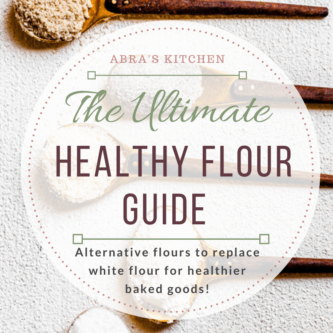
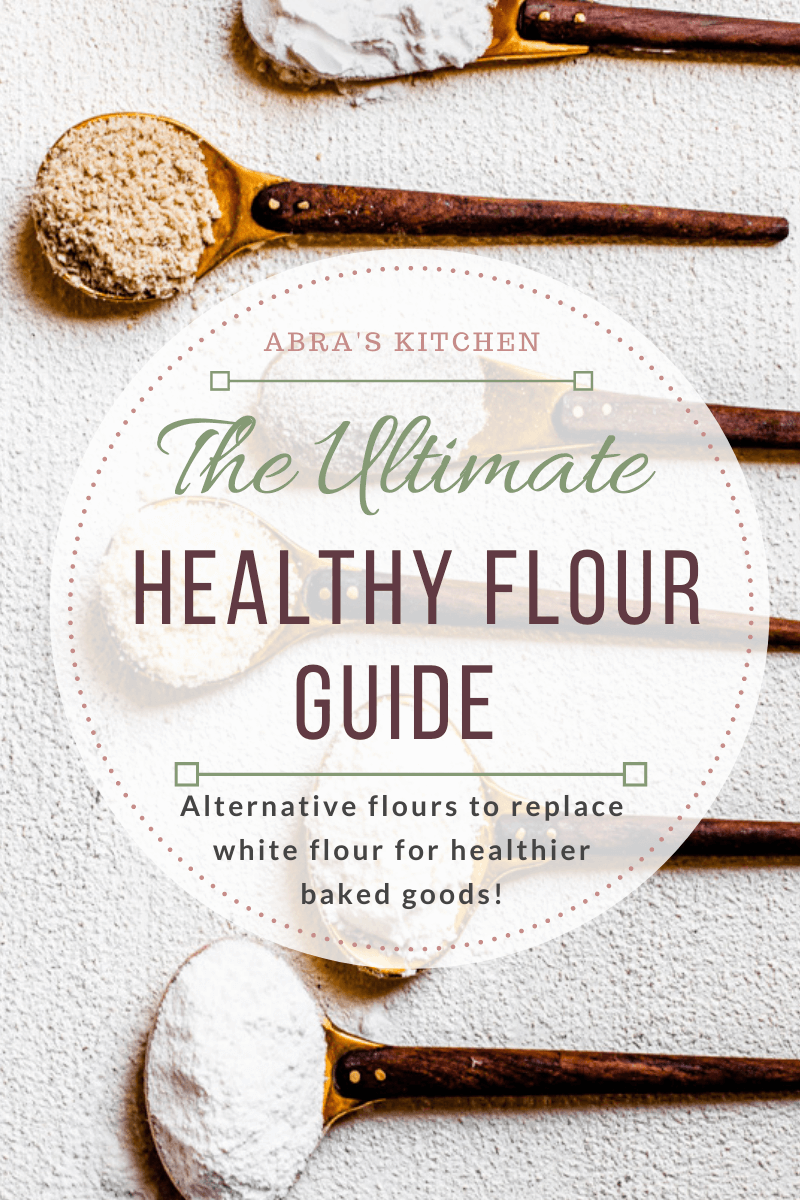
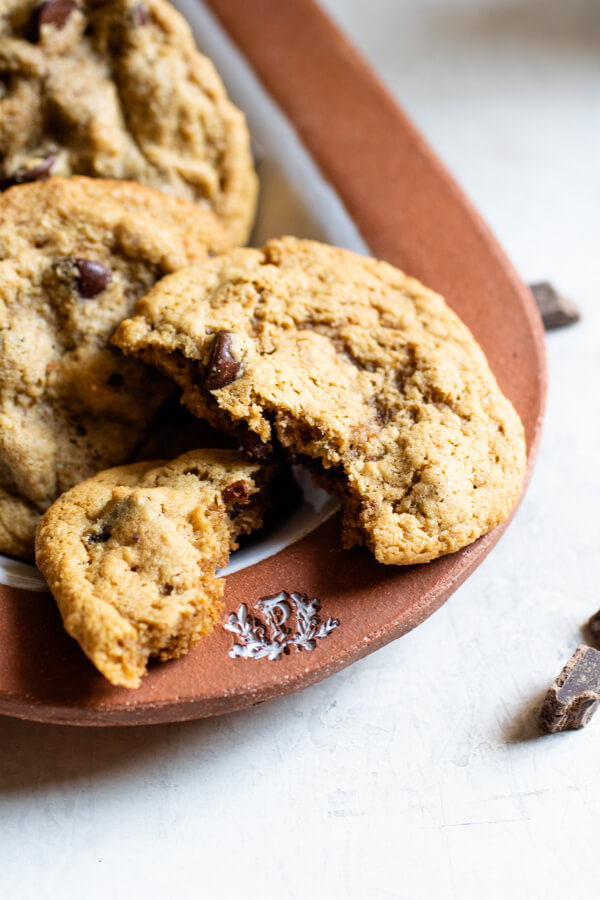
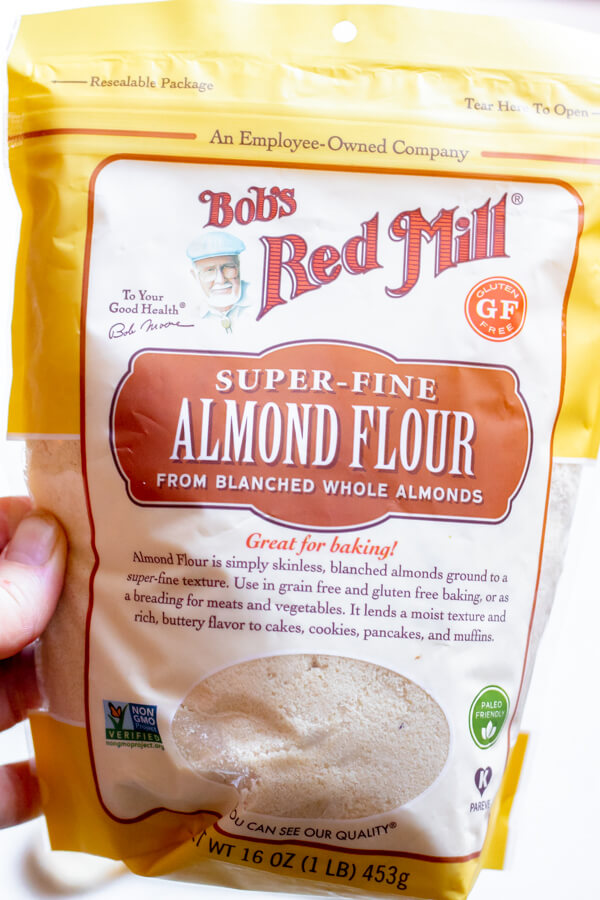 ALMOND FLOUR PRO TIP:
ALMOND FLOUR PRO TIP: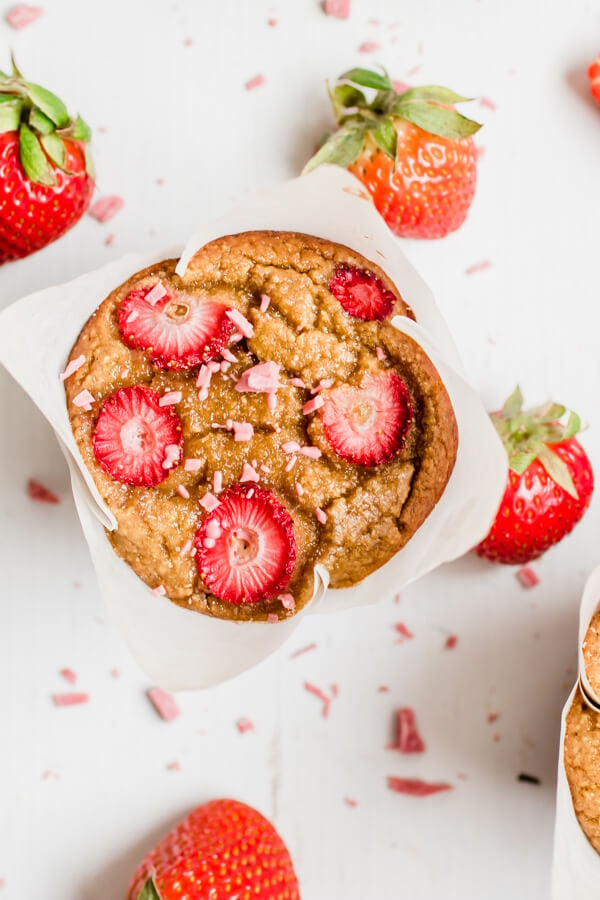
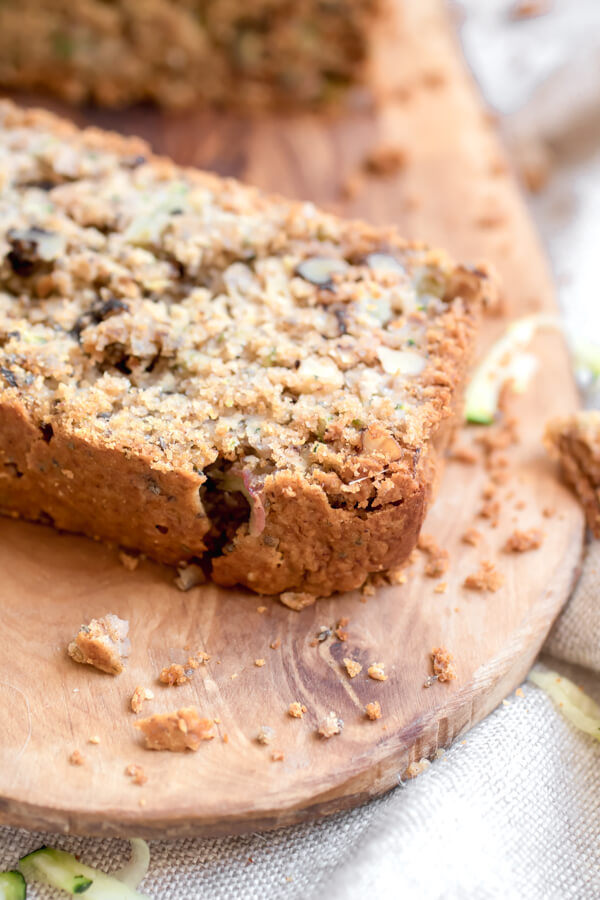
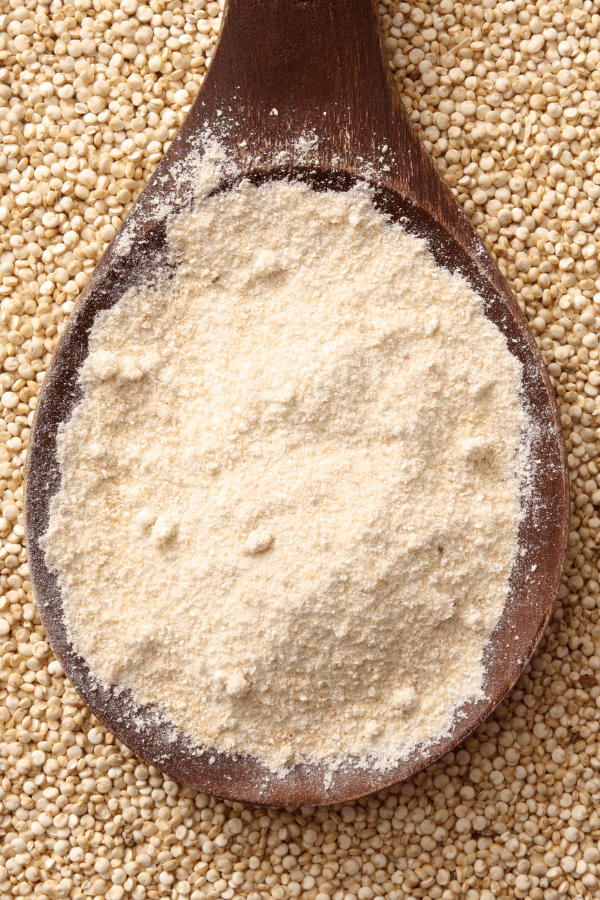
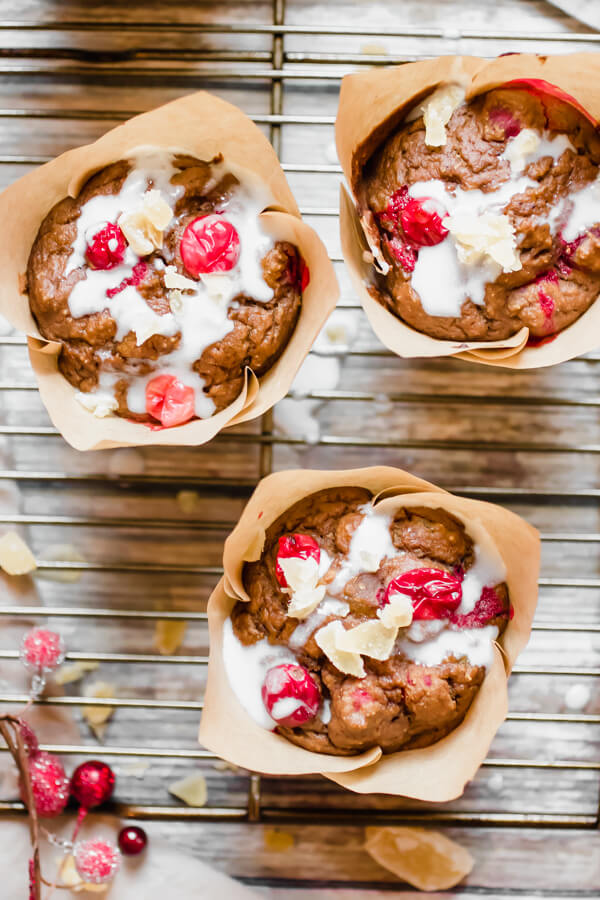
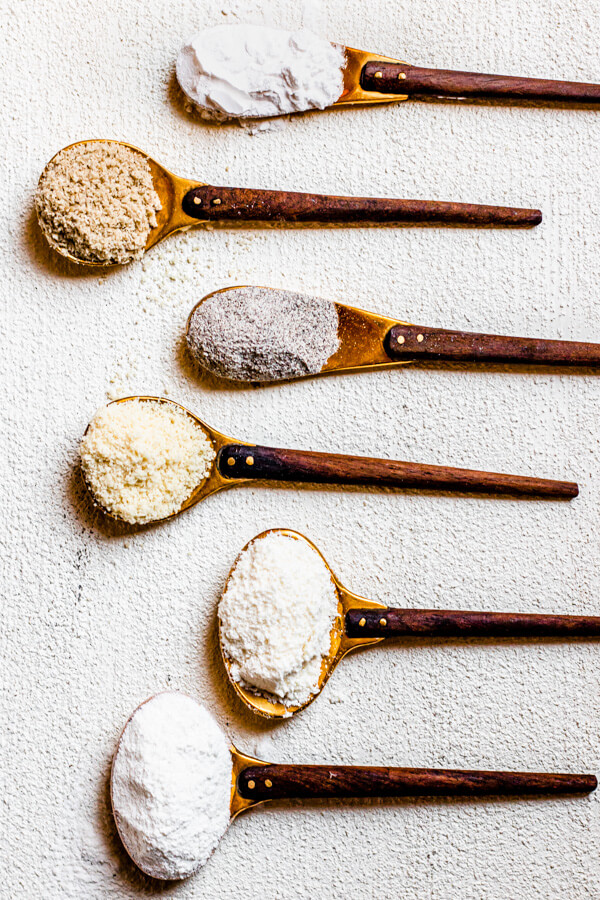
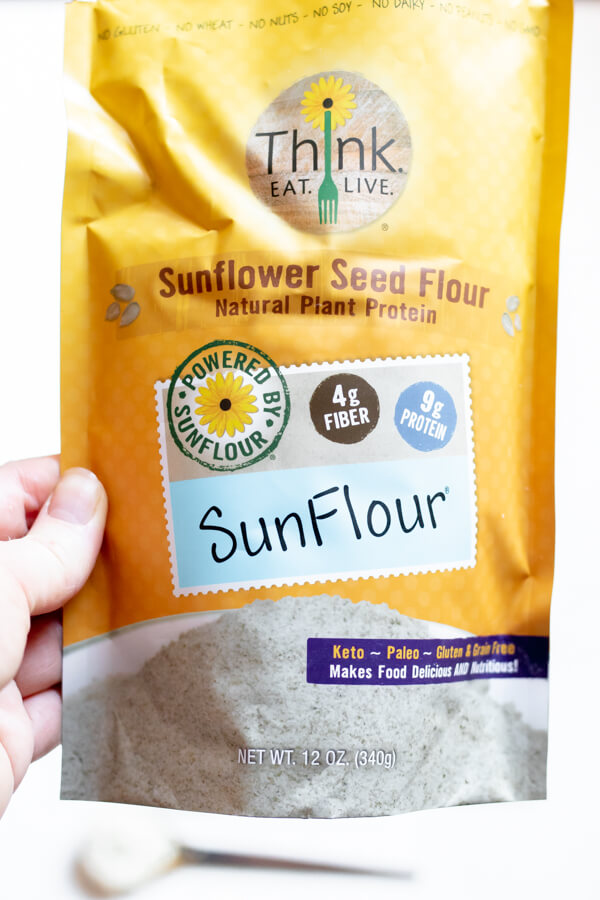
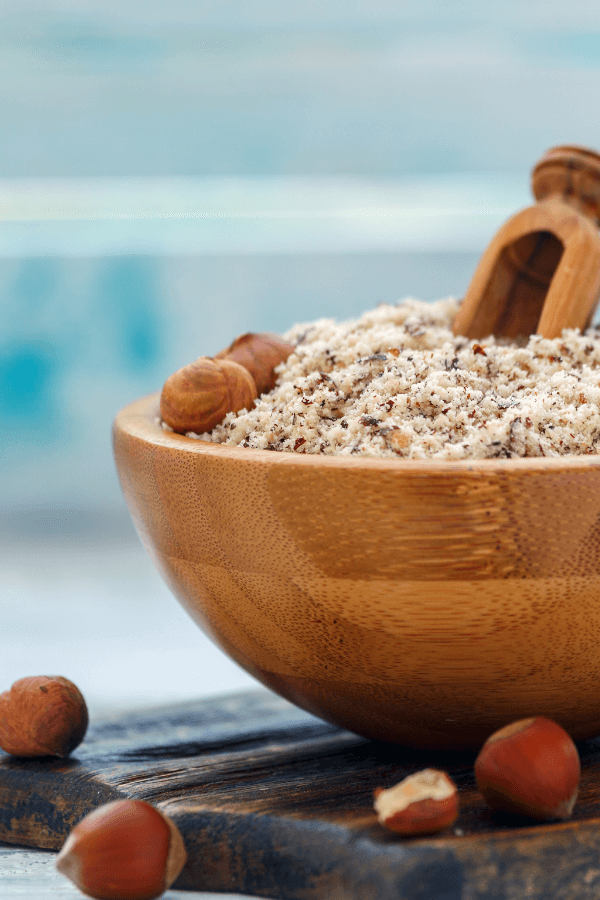
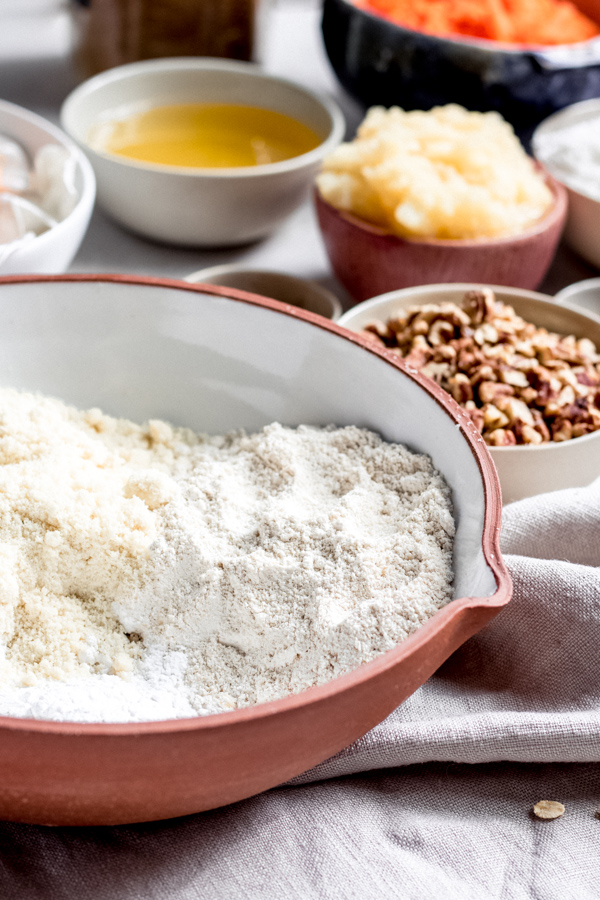
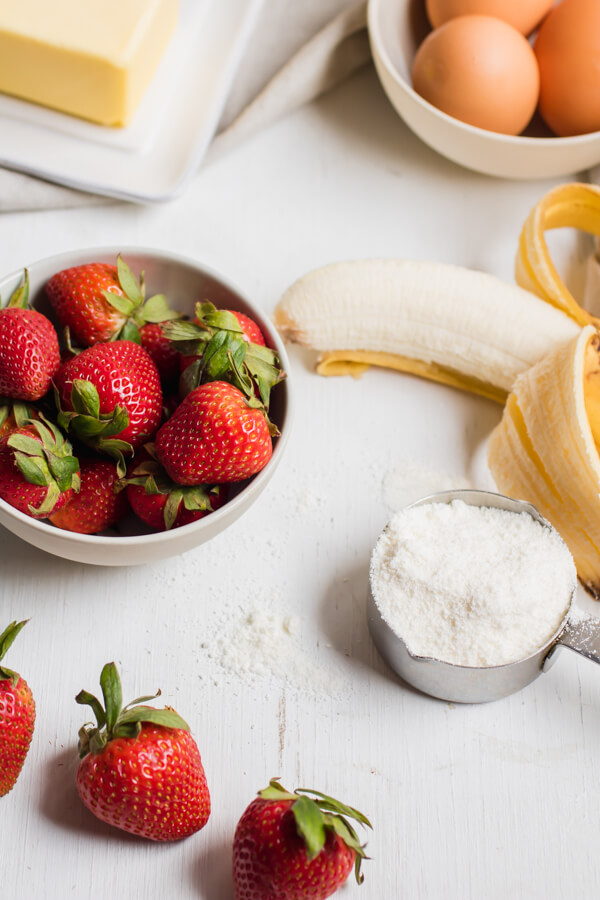
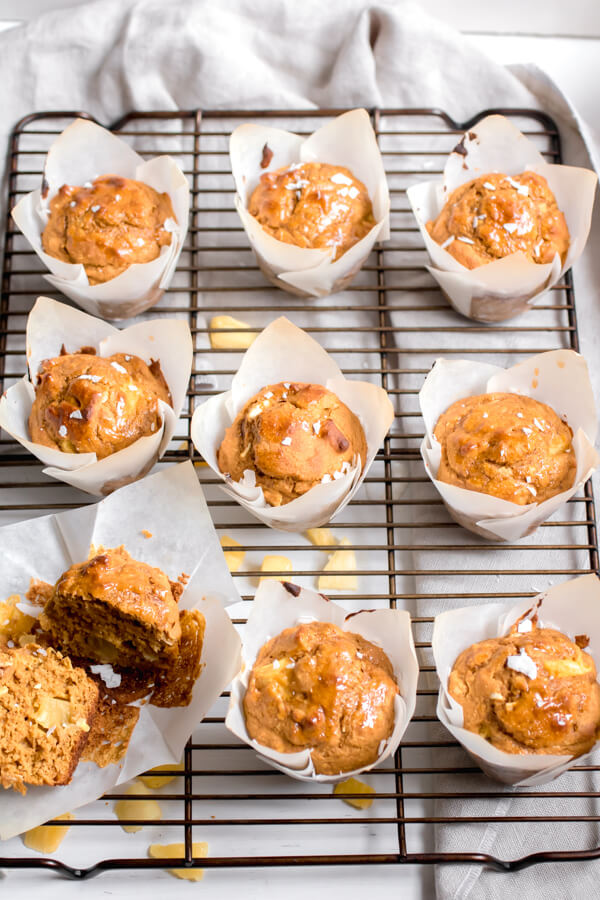

















Dana Suss says
Great post Abra! Really informative and helpful.